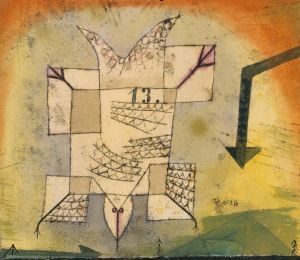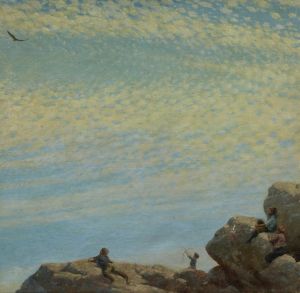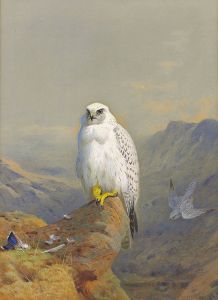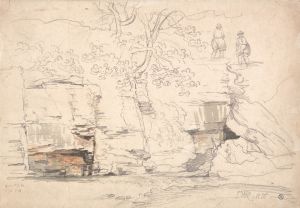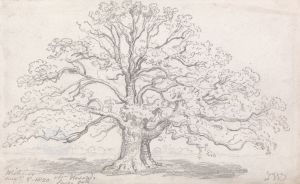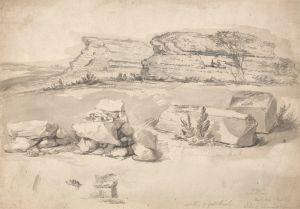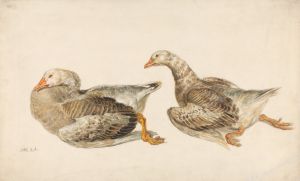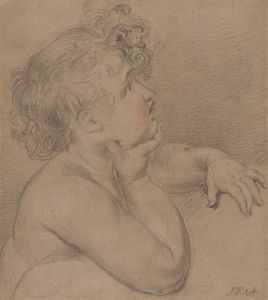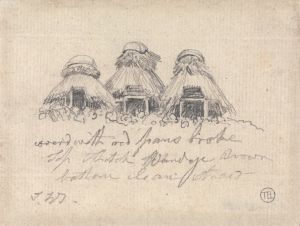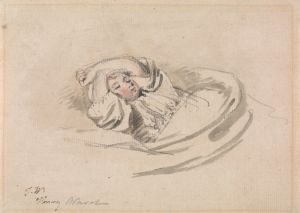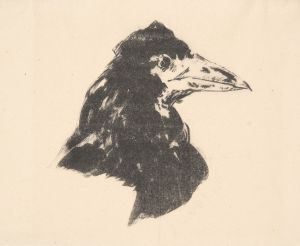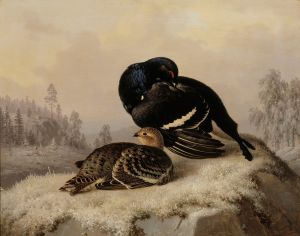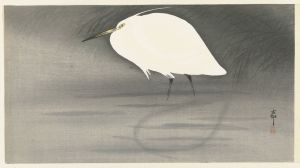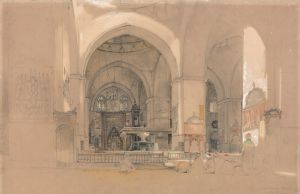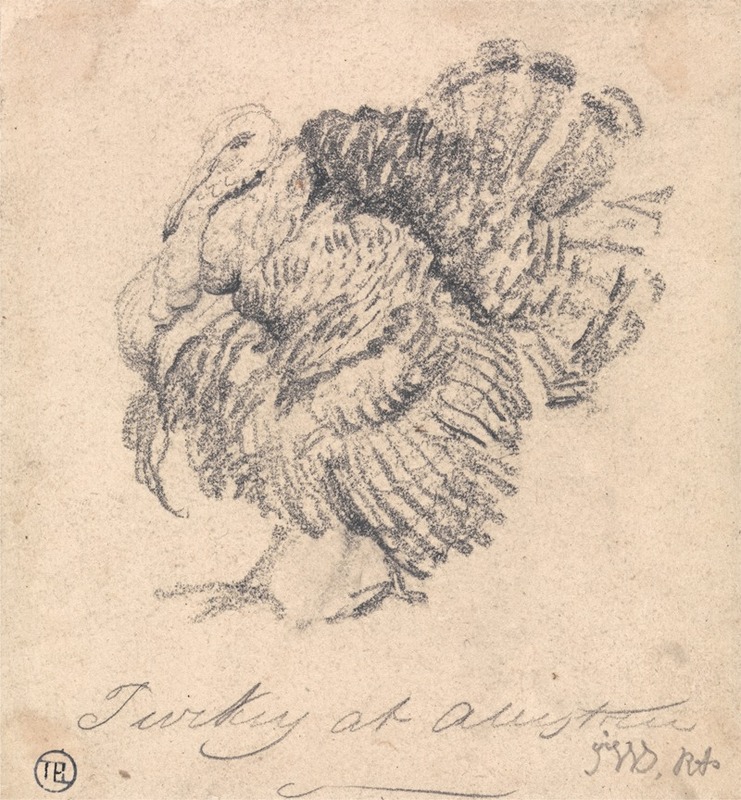
Study of a Turkey
A hand-painted replica of James Ward’s masterpiece Study of a Turkey, meticulously crafted by professional artists to capture the true essence of the original. Each piece is created with museum-quality canvas and rare mineral pigments, carefully painted by experienced artists with delicate brushstrokes and rich, layered colors to perfectly recreate the texture of the original artwork. Unlike machine-printed reproductions, this hand-painted version brings the painting to life, infused with the artist’s emotions and skill in every stroke. Whether for personal collection or home decoration, it instantly elevates the artistic atmosphere of any space.
"Study of a Turkey" is a painting by the British artist James Ward, who was renowned for his animal paintings and engravings. Born in 1769, Ward was a prominent figure in the British art scene during the late 18th and early 19th centuries. His works are celebrated for their meticulous detail and lifelike representation of animals, which reflect his deep understanding and appreciation of nature.
"Study of a Turkey" exemplifies Ward's skill in capturing the essence of his animal subjects. The painting depicts a turkey in a naturalistic pose, showcasing the bird's distinctive plumage and physical characteristics with remarkable precision. Ward's attention to detail is evident in the intricate rendering of the feathers, which display a range of textures and colors, from the iridescent sheen of the bird's body to the softer, downy feathers around its neck.
James Ward's ability to portray animals with such realism can be attributed to his extensive study of anatomy and his practice of sketching from life. He often visited farms and rural areas to observe animals in their natural habitats, which allowed him to capture their movements and behaviors accurately. This dedication to studying his subjects is reflected in "Study of a Turkey," where the bird is depicted with a sense of vitality and presence.
Ward's career was marked by several significant achievements. He was elected as an Associate of the Royal Academy in 1807 and became a full Academician in 1811. His works were widely exhibited and admired during his lifetime, and he received numerous commissions from patrons who appreciated his talent for animal portraiture. In addition to painting, Ward was also an accomplished engraver, and his prints were highly sought after.
"Study of a Turkey" is part of a broader body of work that includes other notable animal studies, such as "The Bull" and "The Deer." These paintings not only highlight Ward's technical prowess but also his ability to convey the character and individuality of each animal. His work has been influential in the field of animal art, inspiring subsequent generations of artists to approach their subjects with similar dedication and respect.
James Ward's contributions to art extend beyond his animal studies. He also produced landscapes, historical scenes, and portraits, demonstrating his versatility as an artist. However, it is his animal paintings that have left a lasting legacy, cementing his reputation as one of the foremost animal painters of his time.
Today, "Study of a Turkey" and other works by James Ward can be found in various public and private collections, where they continue to be appreciated for their artistic merit and historical significance. Ward's paintings offer a window into the past, providing insight into the natural world as seen through the eyes of a masterful artist.





